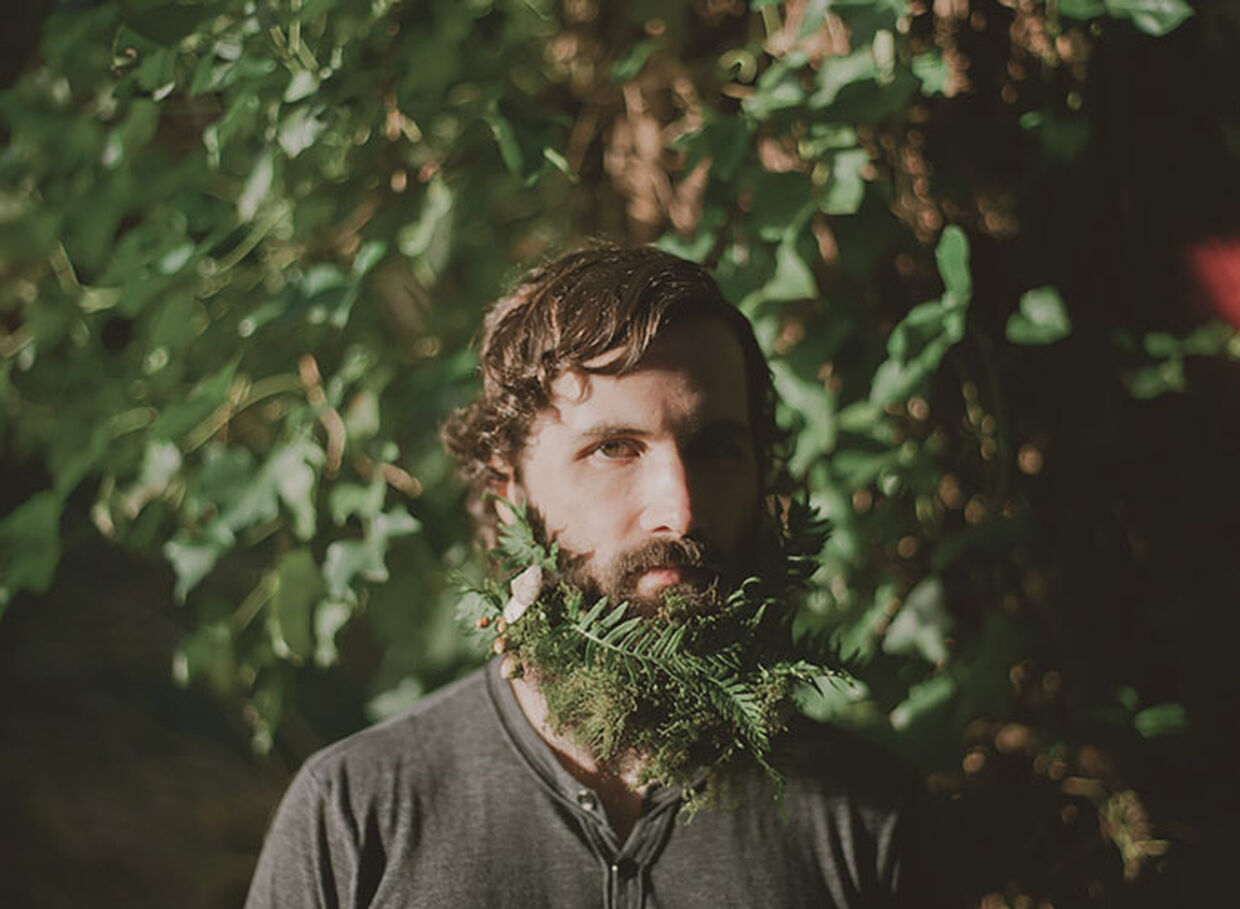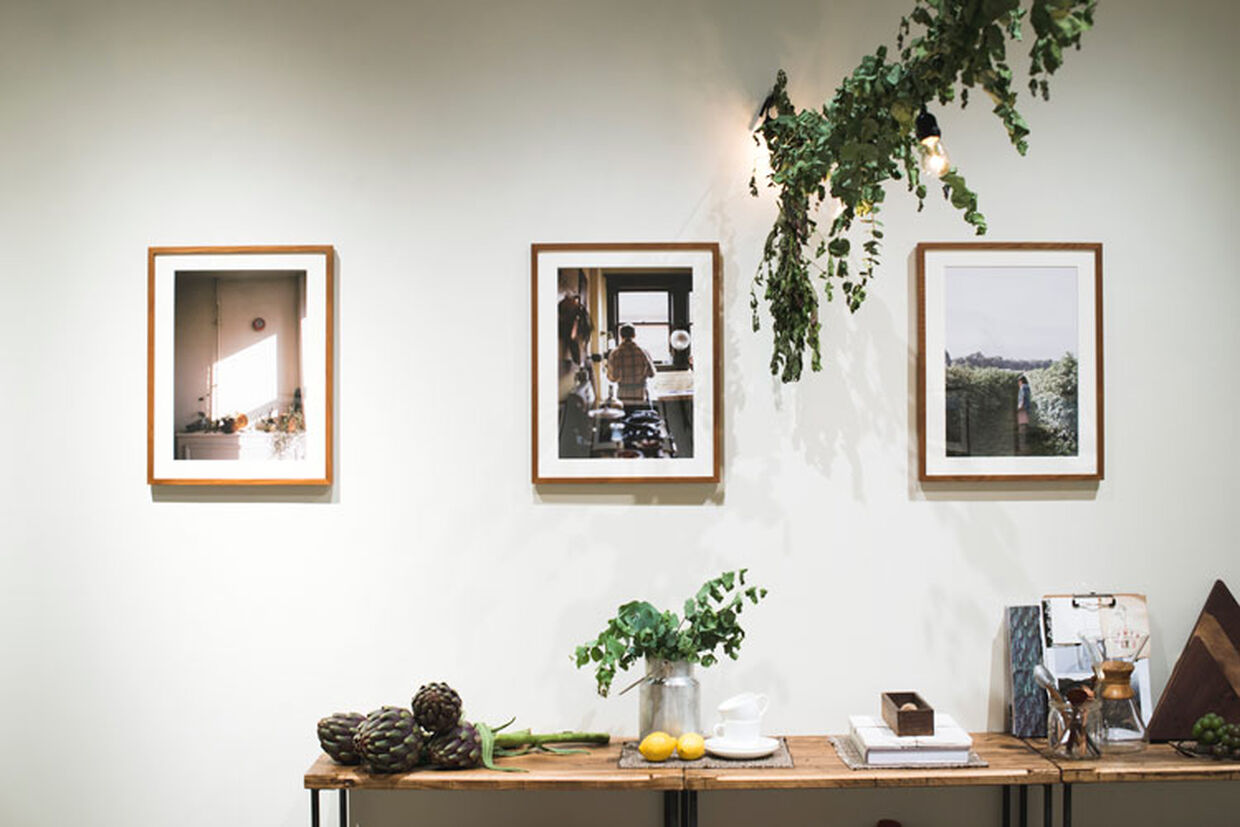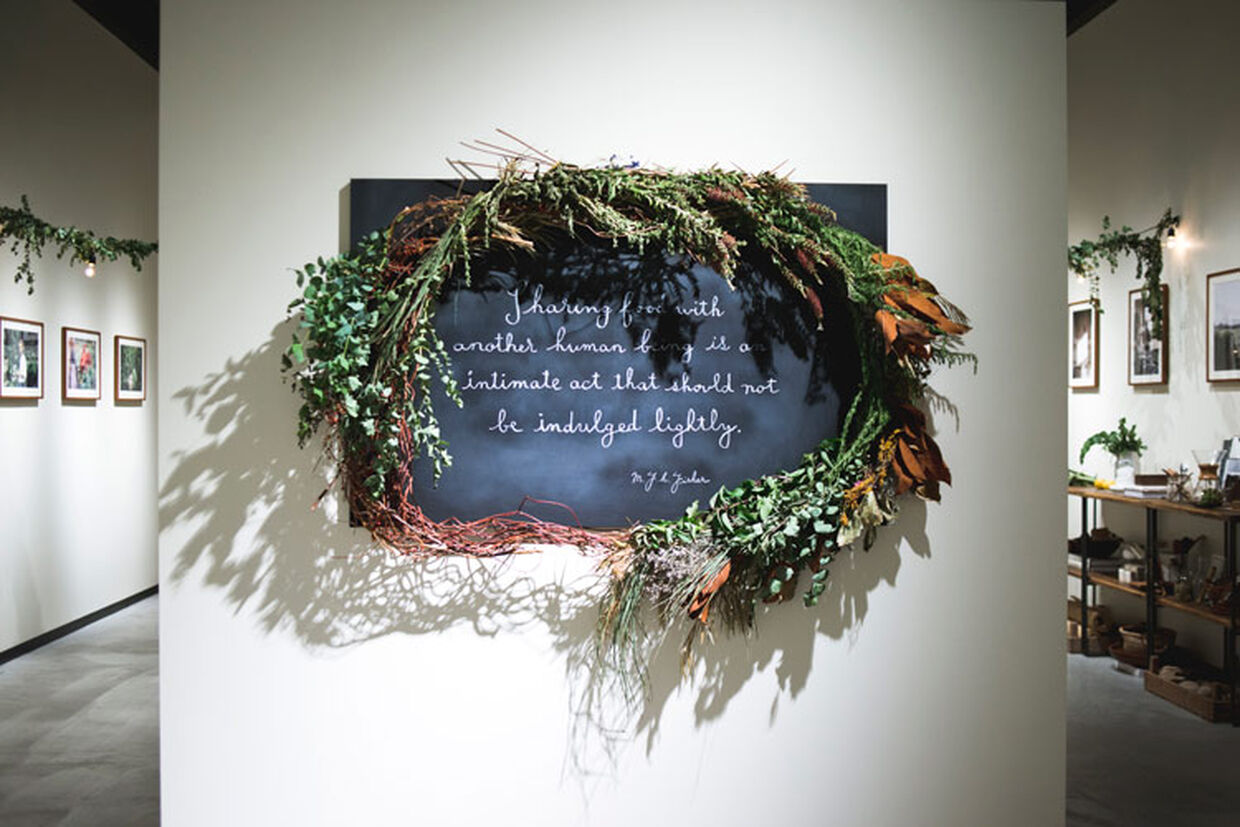--What motivated you to take up ‘KINFOLK’?
KINFOLK began as a collaborative side project with a group of friends. We found that there wasn’t anything on the newsstand that appealed to our personal interests and when we began to share and invite people to be a part of the first issue they were excited to be onboard. Everyone resonated with what we had in mind and gave so graciously of their talents and time.
--Please tell us what the ‘KINFOLK’ means.
KINFOLK means family and eludes to a spirit of inclusion and community. We chose it because at the roots of our philosophy is people and those we hold dear- those around us who we share life with.
--How do you pick the theme for each issue such as ‘The Aged’ and ‘The Home’?
Built in to our editorial cycle early on is a meeting with our team about concepts and themes that we’d like to explore more. We put together a list, and have subsequent meetings (with less and less of the team each round) until it is narrowed down to the direction we will pursue. Our team is of the demographic that would be KINFOLK readers even if they weren’t involved, and this is so helpful in brainstorm ideas that our readers would connect with.
--Do you find the locations, people and who to collaborate with, from chefs to artists for each issue, in your everyday network? Or do you find people every time?
We share a theme guide with our contributor pool and those interested in being involved. This outlines the next topic and gives examples of story ideas (for photographers and writers) and has a style guide incorporated. People then pitch or are assigned stories that fit into our direction. A lot of the places and people we feature are connected with our team in some way or are suggested by a contributor.
--How do you feel about the meaning of proposing a lifestyle?
Our underlying purpose is to, first, explore the social elements of gatherings―the relationships, people, and traditions. Second, we hope to encourage a more intentional, and no-fuss approach to recreation (things to cook, make, and do) and entertaining. And third, we want to showcase and encourage community. The idea of fortifying and strengthening our communities through building our relationships is what literally creates the content as well as is a main underlying message we are lobbying.
--KINFOLK gave influences to many readers and now more people want to enjoy ‘gathering’. Would you share the tips on how to make tables like ones we see on your magazine?
We feel that getting together frequently allows us to reenergize and connect, to build and strengthen our bonds. Gatherings shouldn’t be fancy and big to-dos. They can be as simple as meeting for a quick cup of coffee in the morning with a friend that you haven’t seen in awhile to let them know you’re thinking about them; it is a way to extend ourselves to others and enrich those around us (as well as ourselves).
--How do you feel about ‘KINFOLK’ being accepted by many people in Japan?
The amount of support and the reaction that KINFOLK has received was unexpected and is so inspiring. We feed off of the short notes of encouragement and the growing number of individuals who reach out to help and be involved in any capacity. The general mood of our readership is that of gratitude and helpfulness. What a perfect group of people to be associated with and to exist for!
--Please tell us about the exhibition of KINFOLK: The Shared Table featuring Carissa Gallo and Laura Dart.
Carissa and Laura have been contributors since our early days and are now great friends. We find them both to be inspiring and passionate artists. They seem to capture the moment around them so naturally and in a way that represents the philosophies we embrace. We have made so many incredible friends in this endeavor and couldn’t be more excited to have their work featured in the show.
--This is the first photograph exhibition for KINFOLK. What was the reason you chose Japan and Diesel Art Gallery for your first show..
The magazine resonates on a deep level with our Japanese readers. We value our friendships and relationships with those we’ve connected with in Japan and consider it an honor to be collaborating with great brands and associates on this exhibit.
--What would be the highlights of the show and how would you like the audiences to feel?
The Diesel Art Gallery provides an inviting atmosphere for our show. We have a family style table set in the center, surrounded by Laura’s and Carissa’s images. We hope that visitors feel like they are coming into a friend’s home to have a night to connect and make special memories.
--What does Portland actually look like, and what kind of inspiration do you receive from your location?.
Portland has been a great place for us to be in our formative years. The people are genuinely friendly and intuitively value community. We are constantly inspired by the works and talents that are in the city. The city has a lot of greenery: trees, plants, grass (largely due to the high amounts of rain we receive!). Something we love about the area is that it does not take you long to get out of the city to the mountains or the coast. If we need a little getaway, it is very easy to just hop in the car and go for a drive.
--Please tell us the hottest things in Portland right now.
Compared to other cities, Portland has a very easy-going vibe. The people notice and appreciate simple things that elsewhere may go unnoticed. You can see this by the eclectic shops, clothing, and food that dot the streets. I don’t know what it is about it that makes it the way it is, but I like to think that it has something to do with how refreshingly beautiful it is here. We are constantly hanging our heads back to admire the grandeur and height of the green giants that inhabit the city, and often stop on walks to take off our shoes to tiptoe through the soft, vibrant grass. The beauty seems so tangible that it’s almost like you can breath it into your lungs.
Portland has an amazing food scene. Prices to eat out are incredibly reasonable compared to New York or San Francisco, and the quality is great! You don’t have to go far to enjoy a great dish. The cuisine also varies, so you can find anything you’re in the mood for! Portland is also really great at offering choices for people with eating preferences (vegetarian/vegan/gluten-free).
--What is the most important things in your everyday life?
We stay quite busy and are always looking for ways to stay balanced. In the meantime, we do little things here and there to take breaks and recharge. We’ve installed a tea station in both our home and studio to encourage us to take little tea breaks during the day. We look for opportunities to make our work more hands-on, like field trips and creativity-focused activities that enhance our operations.
--How do you spend time on your day off?
Honestly a lot the time, we enjoy spending our downtime at home! We are at the office quite a bit and it is nice to be around our house, seeing to chores and relaxing.
--Please tell us artists or a person you’ve been influenced by.
We are influenced most not by one person, but by others who are also pursuing their dreams and are seeing them come to life. It is no easy task running a small business and getting it off the ground and sustaining it. We look to these examples and the passion that they give to their work.
--Do you have any upcoming projects?
We recently announced a new business model that we are pursuing. We now have a collective brand called Ouur that is the umbrella over our different focus areas: publishing, goods, community. We will continue to create and publish excellent books and magazines, design and provide homewares, clothing and lifestyle products, and offer community building activities such as dinners and workshops.
--Please send a message to a visitor who is going to see the show.
We are overwhelmed by the reception that the show has already received and want to say: Thank you! We are touched by those who have been such loyal supporters from the beginning and are interested in helping and are a constant encouragement to our work.















